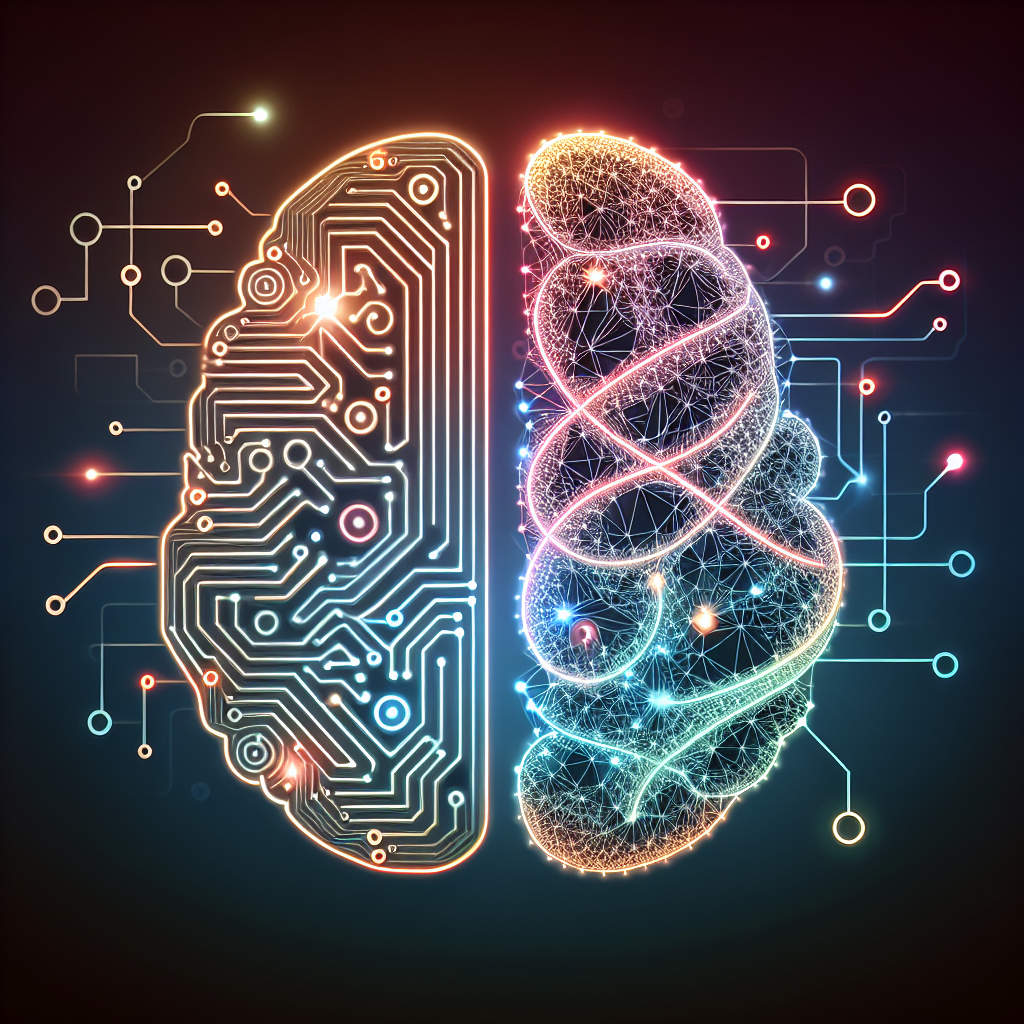Generative artificial intelligence (AI) and cognitive science are two fields that have seen significant advancements in recent years. Generative AI, in particular, has gained attention for its ability to create new content, such as images, videos, and text, that is indistinguishable from human-created content. Cognitive science, on the other hand, focuses on understanding the human mind and how it processes information.
The intersection of generative AI and cognitive science has the potential to revolutionize both fields. By combining the capabilities of generative AI with the insights from cognitive science, researchers can gain a deeper understanding of human creativity, decision-making, and problem-solving. In this article, we will explore the intersection of generative AI and cognitive science, the current state of research in this area, and the potential implications for the future.
Generative AI and Cognitive Science: A Brief Overview
Generative AI refers to AI systems that can generate new content, such as images, videos, and text, that is similar to content created by humans. These systems use algorithms, such as generative adversarial networks (GANs) and variational autoencoders (VAEs), to learn patterns in data and generate new content based on those patterns. Generative AI has applications in a wide range of fields, including art, music, and design.
Cognitive science, on the other hand, is the study of how the mind processes information and makes decisions. Cognitive scientists use a variety of methods, including experiments, brain imaging, and computational modeling, to understand how the brain works. Cognitive science has applications in fields such as psychology, neuroscience, and artificial intelligence.
The intersection of generative AI and cognitive science holds promise for advancing both fields. By studying how generative AI systems create content that is similar to human-created content, researchers can gain insights into human creativity and decision-making. At the same time, cognitive science can provide a framework for understanding how generative AI systems learn and generate new content.
Current Research in the Intersection of Generative AI and Cognitive Science
Research at the intersection of generative AI and cognitive science is still in its early stages, but there have been several promising developments in recent years. One area of research is using generative AI to model human creativity. For example, researchers have used GANs to generate new artwork that is similar to famous paintings by artists such as Vincent van Gogh and Pablo Picasso.
Another area of research is using generative AI to study decision-making. Researchers have developed AI systems that can generate new strategies for playing games such as chess and Go. By studying how these AI systems make decisions, researchers can gain insights into human decision-making processes.
In addition to studying human creativity and decision-making, researchers are also using generative AI to study language processing. For example, researchers have developed AI systems that can generate new text based on a given prompt. By studying how these systems generate text, researchers can gain insights into how the human brain processes language.
Implications for the Future
The intersection of generative AI and cognitive science has the potential to revolutionize both fields. By combining the capabilities of generative AI with the insights from cognitive science, researchers can gain a deeper understanding of human creativity, decision-making, and language processing. This could lead to new applications in fields such as art, music, and design, as well as new insights into how the human brain works.
One potential application of research at the intersection of generative AI and cognitive science is in the development of AI systems that can assist humans in creative tasks. For example, researchers could develop AI systems that can generate new ideas for artists or designers, helping them overcome creative blocks. Similarly, AI systems could help researchers in fields such as drug discovery or materials science by generating new hypotheses or designs.
Another potential application is in the development of AI systems that can assist humans in decision-making. For example, researchers could develop AI systems that can generate new strategies for businesses or policymakers, helping them make better decisions. Similarly, AI systems could help individuals make better decisions in their everyday lives, such as choosing a restaurant or planning a vacation.
Overall, the intersection of generative AI and cognitive science has the potential to transform both fields and lead to new insights into human creativity, decision-making, and language processing. As research in this area continues to advance, we can expect to see new applications and developments that will shape the future of AI and cognitive science.
FAQs:
Q: What is generative AI?
A: Generative AI refers to AI systems that can generate new content, such as images, videos, and text, that is similar to content created by humans. These systems use algorithms, such as generative adversarial networks (GANs) and variational autoencoders (VAEs), to learn patterns in data and generate new content based on those patterns.
Q: What is cognitive science?
A: Cognitive science is the study of how the mind processes information and makes decisions. Cognitive scientists use a variety of methods, including experiments, brain imaging, and computational modeling, to understand how the brain works. Cognitive science has applications in fields such as psychology, neuroscience, and artificial intelligence.
Q: How can generative AI and cognitive science be combined?
A: By combining the capabilities of generative AI with the insights from cognitive science, researchers can gain a deeper understanding of human creativity, decision-making, and language processing. This can lead to new applications in fields such as art, music, and design, as well as new insights into how the human brain works.
Q: What are some potential applications of research at the intersection of generative AI and cognitive science?
A: Some potential applications include the development of AI systems that can assist humans in creative tasks, such as generating new ideas for artists or designers, and the development of AI systems that can assist humans in decision-making, such as generating new strategies for businesses or policymakers.

